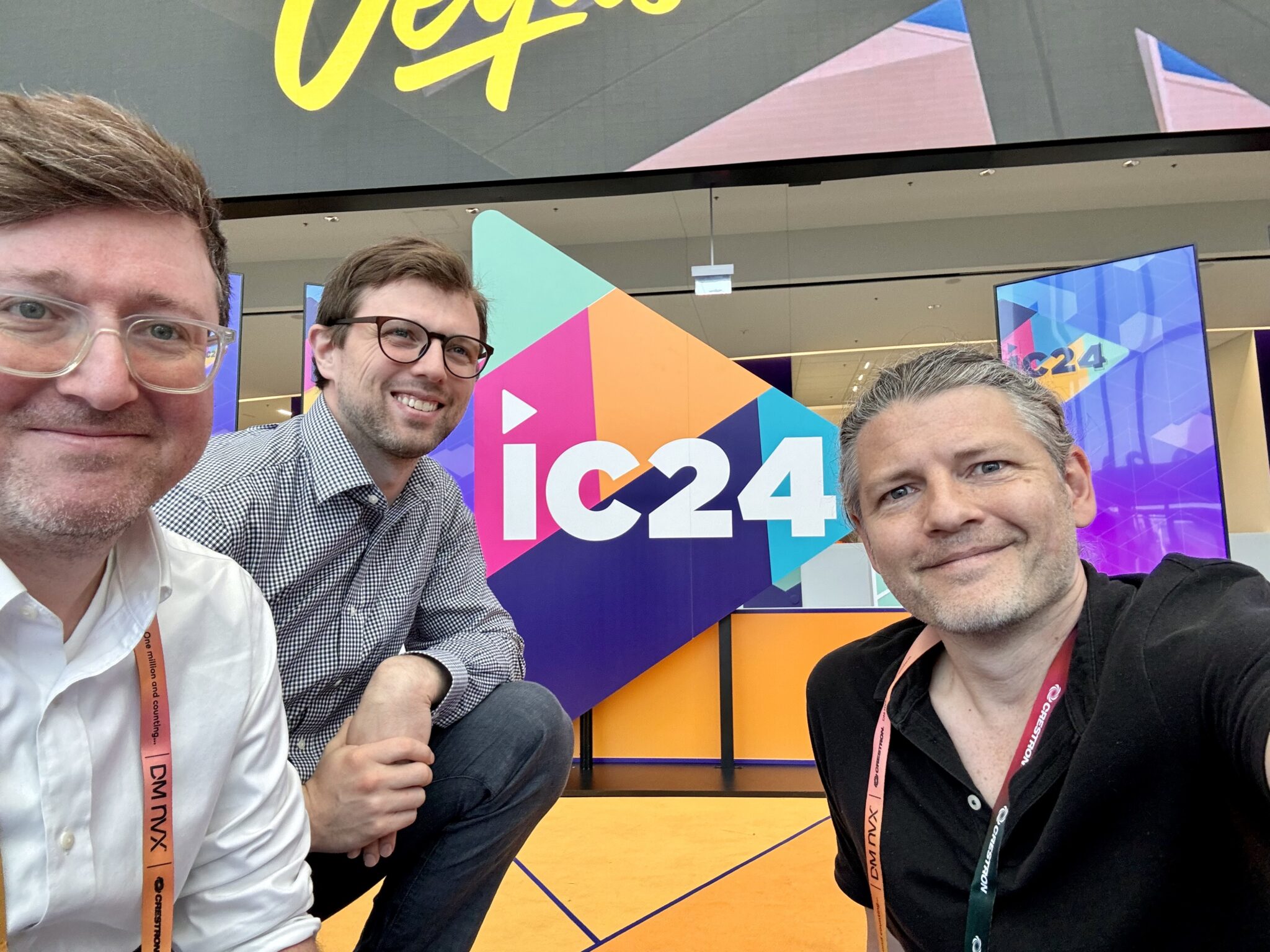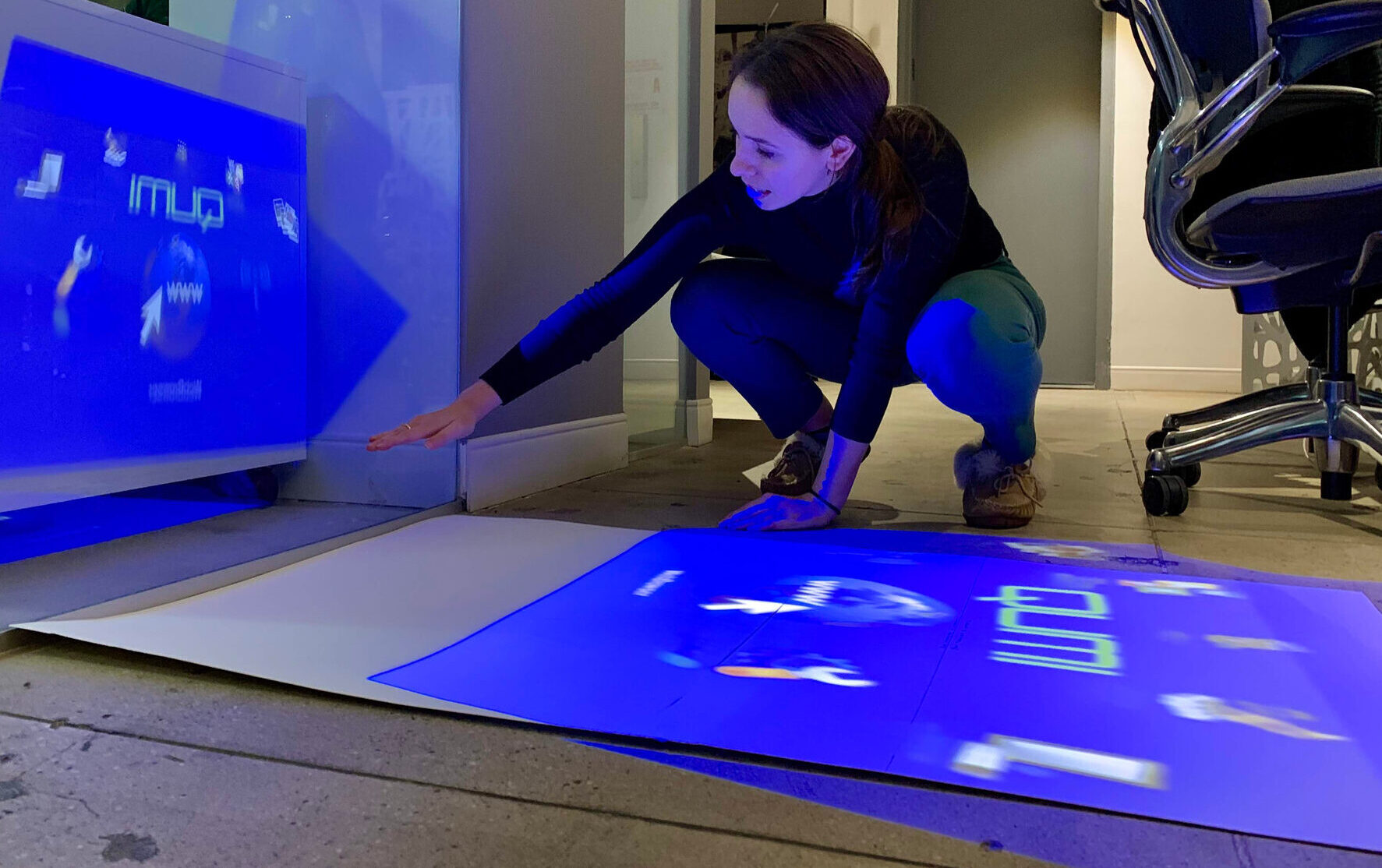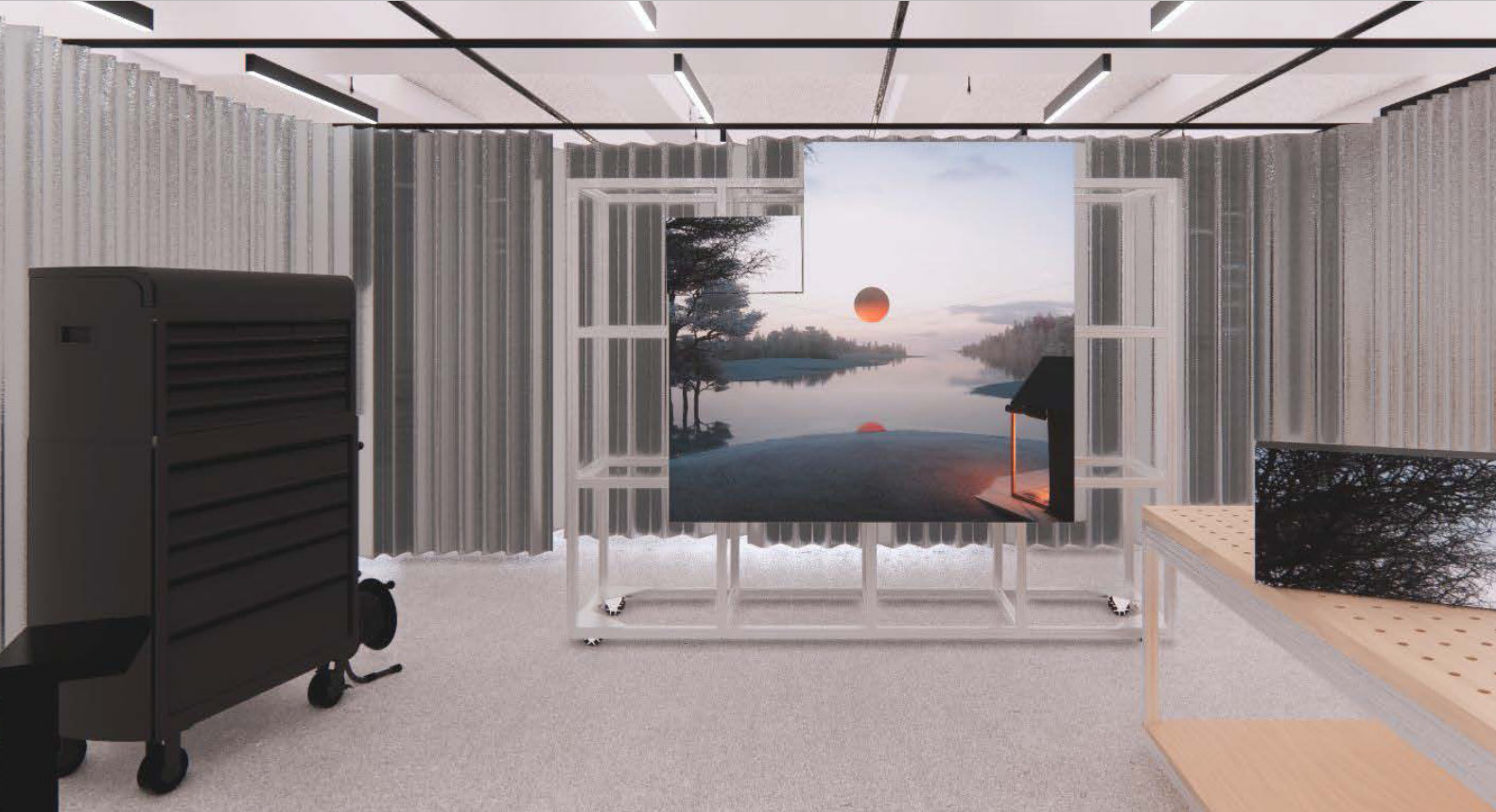Technology, architecture, design. Today, we celebrate the last of the three pillars that make up TAD. We practice design every day – using it as a tool to take on emerging challenges. Thinking about World Design Day, one word kept coming up, a buzzword of our current industry, immersive. It is a word we hear and say every day, yet like any buzzword, its meaning is amorphous and depends on who you ask.
So, we asked ChatGPT, “What is an Immersive Experience?” It returned results like “blurring the lines between the physical and digital worlds” and “augmented,” “virtual,” and “mixed reality.” All subsequent questions we asked led us further down the path toward the latest and greatest technology, but immersive experiences were not always this way.
Today, when we say the word immersive, an image of VR headset might pop into our heads, but immersive experiences go back much further than one might think. Consider the first people to attend a drama at a Shakespearian globe theater, or the gothic cathedrals of the 1400s, multicolored light streamed through their stained-glass windows as oratory and chorus reverberated off the vaulted ceilings, enthralling the congregation. These are examples of early immersive experiences. While the term itself may be newer, popularized in the 1990s, the phenomenon is not. And, while the latest technology has a large place in many of today’s immersive experiences, it is not the core of its meaning. Immersive design is about provoking emotion by addressing multiple senses at the same time. It taps into our innate human desire to connect with each other through shared experience.
Pop culture has promoted the advancement of and desire for immersive experiences. Think of movies like 1999’s the Matrix or Minority Report of 2002. We were exposed to futuristic ideas, such as simulated reality and gesture-based interfaces, things that have been incorporated into present day real-world immersive design. Such movies instill a bias, defining immersion in terms of visually dominant technologies, decreasing our trust in smell, touch, and sound.
The COVID-19 Pandemic also had an outsized effect on our understanding of immersion. It changed how we live, how we work, how we think about traditional experiences. It elevated our expectations for connection and collaboration through technologies with livestreaming, 360° video, and VR all becoming ubiquitous. Today, it is almost impossible to think about an immersive experience void of technology. While COVID changed a lot in our world and in our industry, it did not change the fundamental truth of immersion: memorable experiences engage emotion though multiple senses.
At TAD, we attempt to address this approach in our work by examining the human activities that take place in the spaces we are designing. Instead of starting with technology and working backwards, we start with the feelings and goals the space should achieve. Will the space be used for collaboration, delight, wayfinding, play or a combination? Once the needs are established, we can select the technology that will best address these requirements.
In 2023, Immersive Experiences are almost synonymous with technology. From virtual showrooms in the automobile industry, to real estate tours, to high-touch collaboration and brand experiences in corporate and retail environments, we see digital experiences become increasingly common. In the near future, we will continue to see the evolution of what immersion means, perhaps bypassing sensory organs and connecting directly to our senses with brain-computer interfaces. As advancements are made, and demands and preferences shift, we are not sure exactly what the future of immersive design will bring, but we are sure that true immersion will continue to rely on the fundamentals of design, sensory stimulation, and shared experiences.






